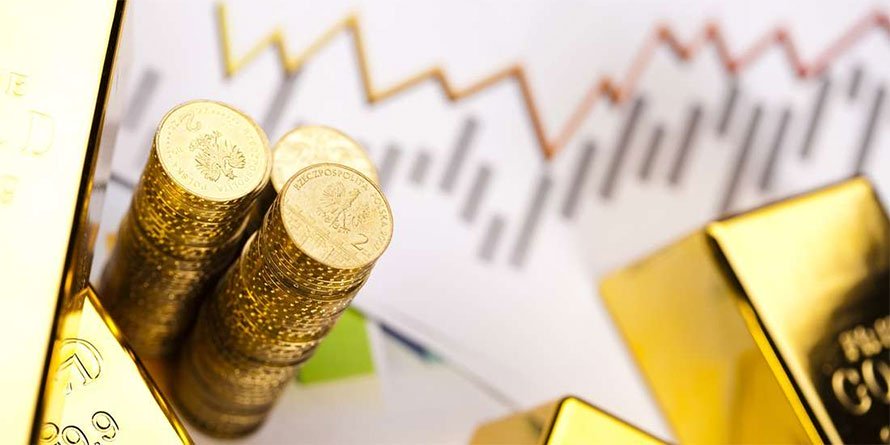An ounce of gold today is some Sh200,000 worth of purchasing power. FILE PHOTO | NMG I once watched a funny video of a man in California trying to sell an ounce of recognisable gold coin. He was trying to dispose it of for $50, but he just could not find a taker. No one was willing to part with that kind of money for an ounce of gold.
At some point, he even dropped the price to $20 and still no one would take it. When he asked one of them why he wouldn’t pick the coin at that price, the guy answered: “I don’t need it”.
Obviously, based on the answer, he missed a critical point about money. And the issue is you really don’t need money. Instead, all you need is the purchasing power.
An ounce of gold today is some Sh200,000 worth of purchasing power. But we must also appreciate his understanding of money. Until August 1971, money was based on a commodity (gold to be specific); and its creation or destruction was difficult to manipulate.
Actually, the amount of money in circulation was based on the quantity of gold that the mines could produce. Essentially, miners controlled the amount of money in circulation. Moreover, it had to be earned.
Governments hated this and they sought to change this arrangement. Today, countries can instantly create money in unlimited amounts. And they do this by simply printing it; while banks, on the other hand, create money by making loans.
In fact, for every loan that a bank advances, an equal amount of money is created. Amidst all this government indiscipline, however, gold has retained its reputation as a store of purchasing power (or value).
And because trust in governments has weakened over time, gold has often represented an alternative especially when fiscal sins committed by the State start to weaken economic activities (and people’s purchasing power).
In other words, gold has traditionally been a store of value in times of war or severe economic upheaval. When it comes to financial markets, gold, as an asset class, has been viewed as a hedge against market volatilities.
For instance, the oil crisis of the 1970s saw the price of an ounce of gold rise five-fold from peak-to-trough as investors sought to hedge their portfolios against the Middle East crisis.
Again, the 2008 global financial crisis triggered a surge in gold prices by nearly 70 percent peak-to-trough. As the […]
